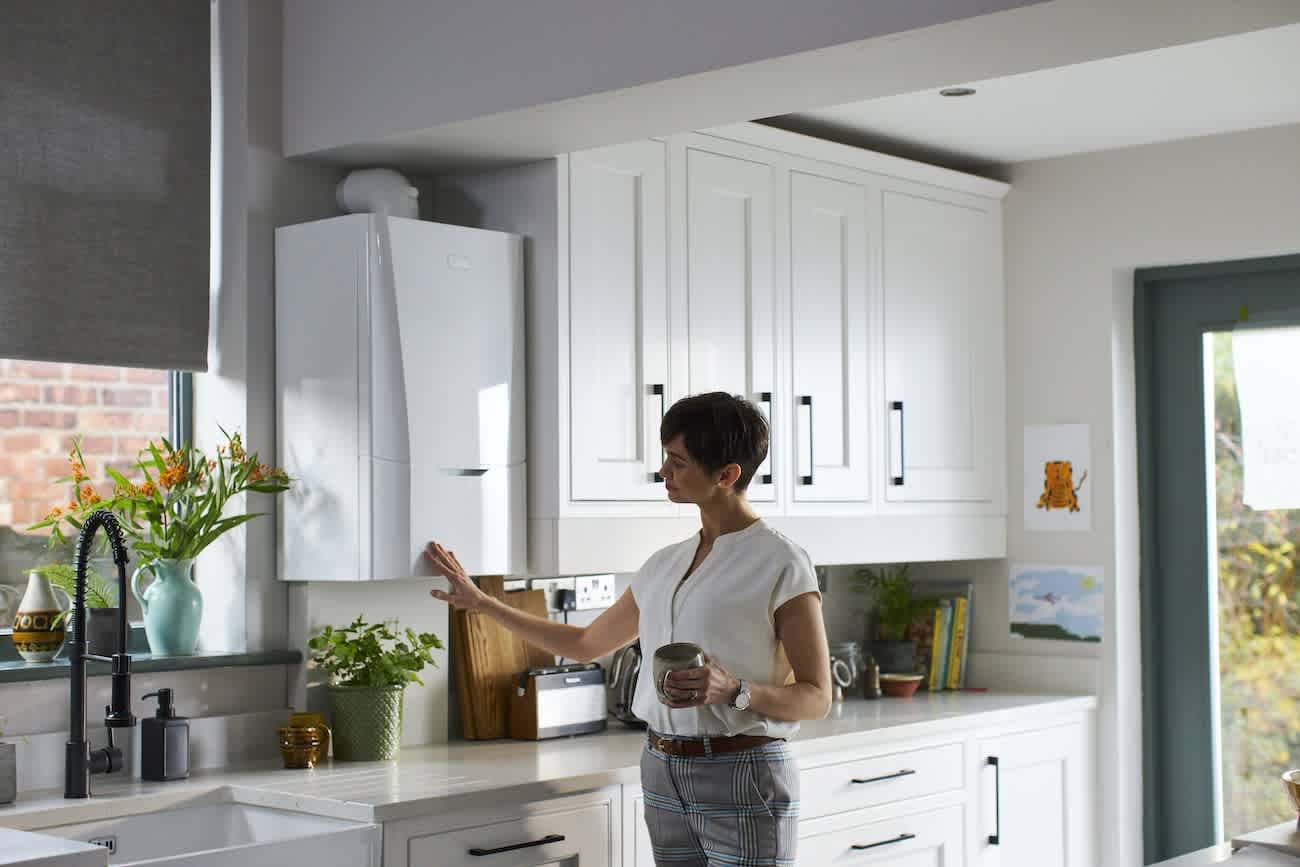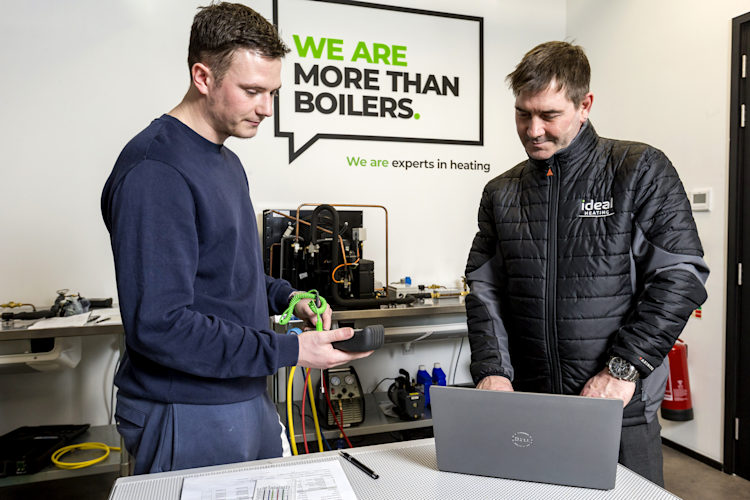
The future of New Build heating in 2025, 2050 and beyond
The UK Government has ruled that no new homes built after 2025 will use gas boilers, with low-carbon heating systems adopted as an alternative to help lower CO2 emissions. Britain has also set a target of reaching Net-Zero carbon emissions by 2050.
So, how do these plans affect boiler engineers and installers, which heating systems look set to replace gas boilers and what else does the future have in store for the home heating industry?
We’ve pulled together all of the key information about heat pumps and other low-carbon heating systems, as well as the changes that look set to come into place in 2025, 2050 and beyond.
What is going to change for New Build heating?
The UK Government plans to introduce a new Future Homes Standard in 2025, which will mean all New Build homes constructed after that date will use low-carbon alternatives to gas boilers for their heating systems. There has been some confusion over whether these dates will change, but consultations still point to 2025 being the most likely time frame.
The Future Homes Standard aims to ensure new properties release up to 80% fewer CO2 emissions than those built today. This adds up to a big change for the heating industry, however it does only apply to New Build homes. This means it’s very likely that many low-carbon gas boilers will still be in use in UK properties in 2025, working alongside low-carbon alternatives to heat our homes well into the future.
What will replace gas boilers in 2025?
Starting in 2025, low-carbon heating systems will be installed in all New Build homes as alternatives to gas boilers. It’s anticipated that the systems in these new developments will include heat pumps, heat networks and direct electric heating.
Here’s some more information about how these heating systems are expected to be used:
Heat pumps
The use of heat pumps, particularly air-to-water and air-to-air heat pumps, is expected to play a key role in delivering heat for properties that are built to the Future Homes Standard. This is underlined by the UK Government's ambitious plans for 600,000 heat pump installations per year by 2028.
Air-to-water pumps are usually located outside and work by absorbing heat from the outside air into a fluid, even working in low temperatures. A heat pump compressor is then used to warm the fluid before it’s pumped to radiators, hot water and underfloor heating.
At Ideal Heating, we are committed to working with our suppliers, contractors and customers to find practical, mutually cost effective ways to help the nation achieve its Net Zero targets. Our energy-efficient range of low carbon boilers will soon be joined by our first air-to-water heat pump and other alternative central heating solutions.
Heat networks
A further heating system set to be used in New Builds constructed to the Future Homes Standard is heat networks, otherwise known as district heating. These are distribution systems that can be used to deliver heat from a centralised source to several nearby buildings.
They have been earmarked to play an important part in heating future properties, particularly in cities and other built-up areas. A recent consultation on the Standard describes how they ‘provide a unique opportunity to exploit larger scale, renewable and recovered heat sources that can’t be accessed at an individual building level’.
Direct electric heating
This method of heating is not expected to play a large role in implementing the Future Homes Standard because of the high costs involved in running direct electric heaters, as well as concerns about the impact it could have on the national grid.
However, it’s a well-established, low-carbon heating technology that produces no emissions at the point of use. It’s thought it could be used in a limited capacity, for example in properties that have been built to high energy efficiency standards and have a reduced reliance on their heating system to stay warm.
What is the future of home heating?
A 2019 report by the Committee on Climate Change (CCC), which advises the UK Government on emissions targets, called for more measures to widen the use of low-carbon heating alternatives. In his 2019 Spring statement, former chancellor Philip Hammond confirmed the Government would follow the CCC’s recommendations that all new homes built after 2025 are installed with these alternatives.
Britain also has a target to reach Net-Zero carbon emissions by 2050, and the Government remains in the process of considering further measures to meet that goal. The cost of implementing wide-ranging changes and the need to potentially overhaul a large part of the country’s infrastructure are sure to play a big role in the Government’s final strategy. It also remains to be seen how the stretching of public finances as a result of the Covid-19 pandemic may lead to changes in how we approach the phasing out of gas boilers for New Build properties.
Bookmark our Ideal Heating blog for more boiler-related news, expert tips and to stay up-to-date with the latest posts.


















